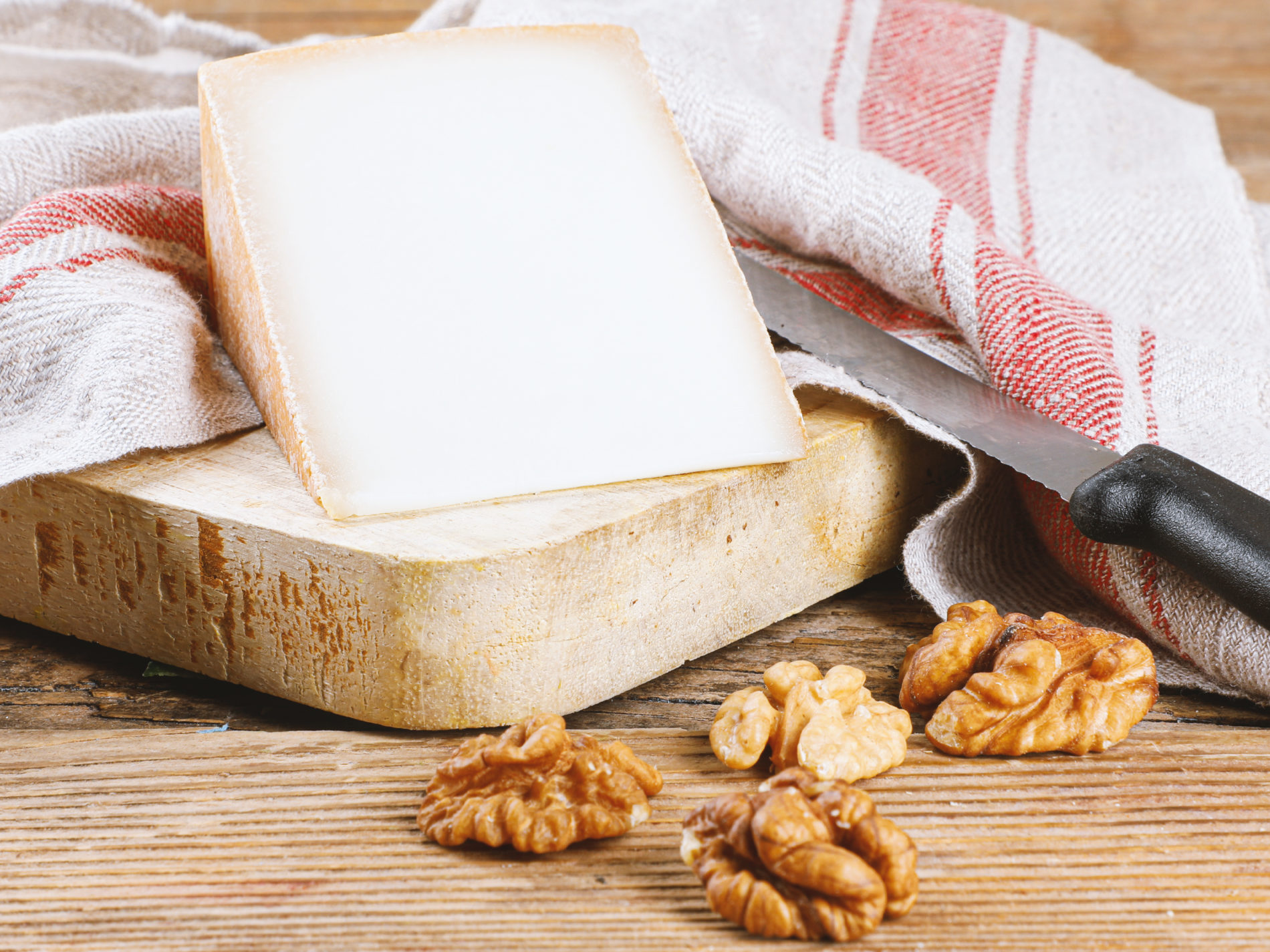Ah, the goat cheese! Tart, earthy, grassy and piquant – it can be so different, yet so recognizable for many, many people around the world. There are myriad goat cheeses out there: crumbly, soft, almost spreadable with intense and sharp flavors. Though sometimes people find goat cheese flavor too aggressive and describe it as “goatiness”. The two main factors that determine it: the time before the goats milk is being processed into cheese and the conditions of keeping she-goats (with or without the males; they emit a very distinct odor that eventually can turn into that cheese “goatiness”). We say that only to point out that, even if you had a nasty goat cheese before, you have to give it another try because you could have simply experienced a cheese that’s not your taste.
But there is also another variant. Make it yourself! You might think “It’s too hard, I can’t”, and we agree that some cheeses are really hard to make. All that rennet, coagulation, ripening, affinage, and so on may sound a little intimidating to a home cook. But all we suggest is that you simply do the easiest cheese possible: fresh cheese. It’s also called cottage cheese, curd cheese or farmer’s cheese. All you need, besides, well, goat milk is some lemon juice, salt, and fresh herbs. No goats required! It’s almost as easy as brewing a cup of coffee.
Fill your saucepan with some milk and heat it until it reaches 82˚C/180˚F. For that you’ll need a simple thermometer. If you don’t have one, try to heat the liquid until the first signs of vapor appear and wait for 2-3 minutes. Watch closely. But don’t panic, it’s quite forgiving.
Once you are there, turn the heat off and stir in some lemon juice. Approximaely 60 ml/ ¼ cup. Let the mixture stand undisturbed for some time. You’ll soon notice the clumping, then – the curdling. If nothing happens, put your saucepan back on the stove and heat it up on medium heat. In the end you’ll clearly see how your milk separates and divides into two fractions: curds and yellowish-greenish whey.
Now it’s time to line several layers of cheesecloth over a colander and strain your milk, with caution. Use ladle. Set the colander over a bowl to get the whey. It’s almost ready. All you have to do at this point is to allow the curds to drain until a soft, spreadable mass is reached. Then transfer your cheese to a bowl and mix with salt, lemon juice, freshly squeezed garlic and herbs of your choice (oregano, rosemary, sage, saffron or beet juice for color, you choose). And there you have it – your easy goat cheese. Eat on toasts with some compote or jam.











What do you think?